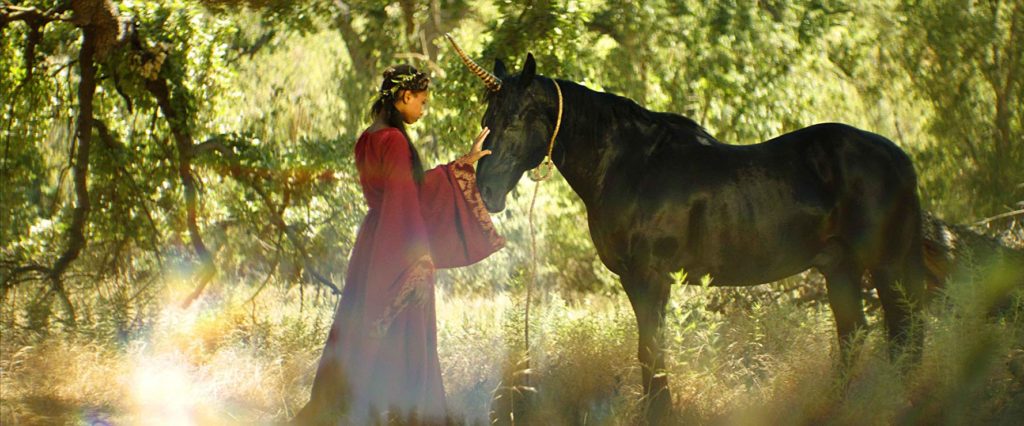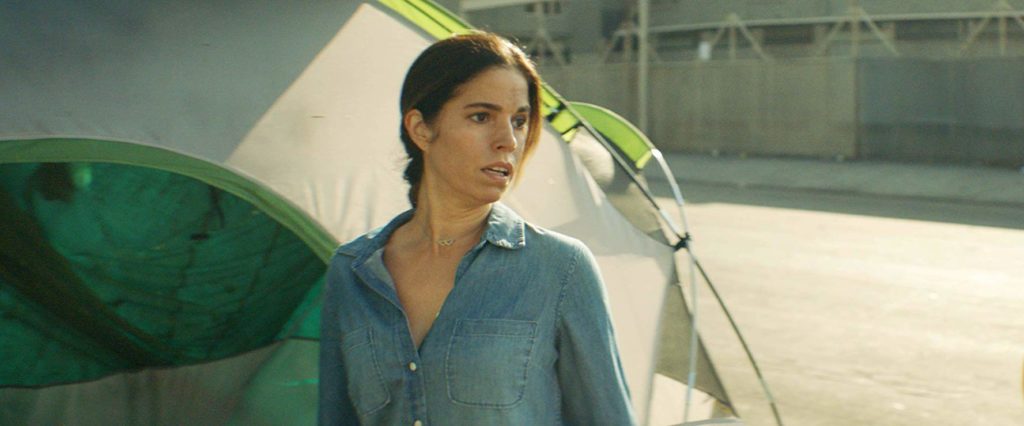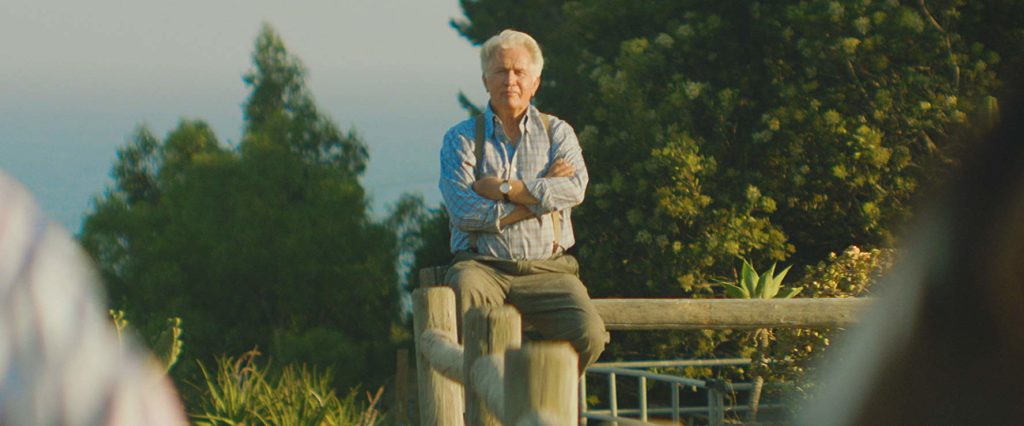Led by a breakout performance from Taylor Buck, PRINCESS OF THE ROW shines a unique light on homelessness, mental illness, PTSD, veterans affairs, poverty, foster care, and more. Our eyes, and our hearts, are opened to the humanity of the less fortunate thanks to strong story, telling visuals, authentic characters, and indelible performances that universally speak to us all in this heartwarming narrative feature.

Directed by Max Carlson with script by Carlson and Shawn Austin, PRINCESS OF THE ROW is told through the eyes of 12-year old Alicia Willis and the unbreakable bond of a father and daughter. Setting PRINCESS OF THE ROW apart from other narrative features addressing similar issues, Carlson and Austin develop tapestried, three-dimensional characters while building the core of the story on rich human elements with an authenticity and heart.
While a heartwarmer, there are shocking elements as we meet Alicia and her father Bo. Once a loving and caring father who doted on his “little princess”, while serving our country in the Iraq War, Bo suffered brain trauma with resulting PTSD. He now barely speaks and is often “in a daze”. The VA system has failed him while Alicia has been forced to bounce in and out of the foster care system which has its own systemic problems. But Alicia always comes back to her father; checking in on him, caring for him, worrying about him, staying with him in their small tent on the street called “home” . While Bo’s mental faculties may be broken, his love for his daughter and their bond is not. There is still a strong enough power within him as a father that he can reach out to her and look out for her well-being over his own needs, and in rare moments of lucidity, Bo’s only concern is for Alicia to have a life away from the streets, to nurture her talent for storytelling and writing adventure stories of a Princess, something she inherited from her father and her memories of him regaling her with stories as a small child. These exchanges between Bo and Alicia are few and fleeting but when they happen, they are magical.

An unlikely story, but by the same token, stories of fathers and daughters are timeless. There is a special connection to stories about fathers and daughters that are timeless and have universal appeal. That core idea of family is universally understood. With PRINCESS OF THE ROW, that father-daughter relationship propels the story forward, bringing a human element to the themes within the film, within life. A daughter who loves her father so desperately that she keeps coming back no matter what is the kernel, the heart of the film. Through Bo and Alicia, we understand that these individuals on Skid Row, the marginalized and sometimes fractured and broken, are human. They are not objects.
A slippery slope in telling a story like PRINCESS OF THE ROW, Carlson could have easily fallen into the pitfall of disingenuous sap. He does not. He delicately walks the line so as to find the perfect meld of story, performance and visuals, finding truth and authenticity.
This is Taylor Buck’s film. If you see PRINCESS OF THE ROW for no other reason, see it for Buck who is pure magic as she brings the character of Alicia to life. There is something almost indescribable about her, especially when you put her together with veteran actor Edi Gathegi who plays Alicia’s father Bo. Fans of actor Gathegi will be awed by his internalized performance and what he brings through nuanced performance to the often incommunicative war veteran.

Also notable within the cast is Ana Ortiz as Alicia’s social worker, Magdalene. A strong woman who takes Alicia under her wing, as Magdalene, Ortiz pulls on maternal instinct and delivers a character that is deep and emotional. Standout is Martin Sheen as a man who has spent 20 years running a foster home. Sheen’s own well-known social activism steeps the film as a whole with truth and authenticity while his performance is solid, caring, and meaningful.
Visually, the film is beautifully constructed thanks to cinematographer Maz Makhani. Makhani’s work with lighting and lensing elevates the film. Realism is at the film’s core but then adding in color saturation and lighting that gets heightened during Bo’s manic attacks and flashbacks to the war serves to tacitly fill in the gaps of Bo’s now non-verbal life. Makhani captures the grittiness of life on Skid Row, but also finds the warmth and magical elements of what a “home” is to Bo and Alicia. The tent in which Bo lives is light and airy. It is open. Light and life waft through it and through Gathegi’s performance it’s as if Bo is breathing that in, giving him some sort of touchstone to the present, to reality. Dutching of the camera creates a sense of the tent being larger than life, much like the stories Bo used to tell to Alicia. Makhani’s camera brings a humanity to Skid Row and the feeling of “life”. A nice counter to the sometimes claustrophobic Skid Row are wide shots and aerials of the world that awaits Alicia beyond that of her father.

Not to be overlooked is a sensitive scoring by composer Julian Scherle.
PRINCESS OF THE ROW opens our eyes and our hearts, allowing us to see the humanity of life, the value of each individual. Once opened, the possibilities of change and solutions are endless.
Directed by Max Carlson
Written by Max Carlson and Shawn Austin
Cast: Taylor Buck, Edi Gathegi, Martin Sheen, Ana Ortiz
by debbie lynn elias, 04/01/2019












